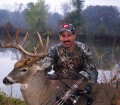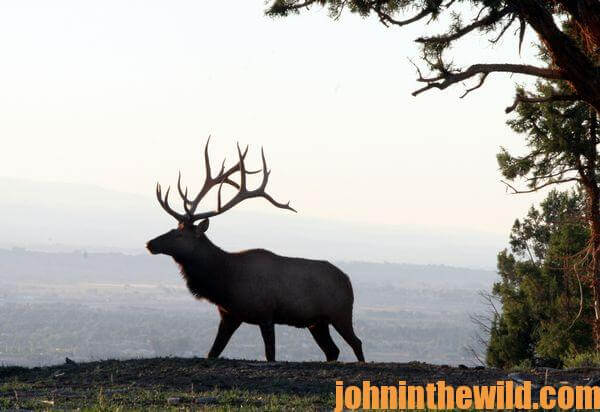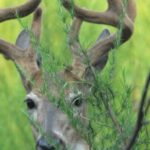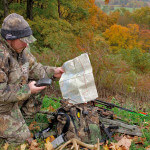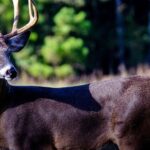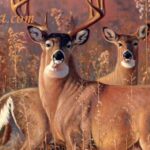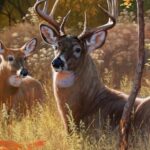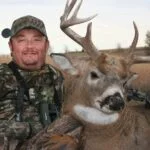John’s Note: There is some type of hunting available in all states. However, game species, hunting conditions, seasons and bag limits vary greatly across the nation. The smart hunter first will do his research and take advantage of all available sources of information relating to the deer hunting in the state where he is. Then he will select the equipment most suited to his region, develop hunting techniques that apply to his area and find out where to hunt. By following these steps to successful hunting, you will increase the likelihood of taking game. Try these suggestions, and watch your hunting results soar.
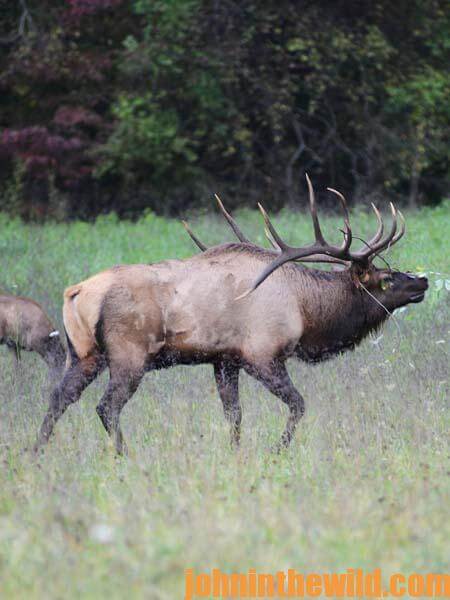 Thanks to new developments in photography and GPS navigation, you’ll find taking a trophy buck easier than ever to make your luck happen.
Thanks to new developments in photography and GPS navigation, you’ll find taking a trophy buck easier than ever to make your luck happen.
You just have to know where that buck lives, and where, when and why he travels. With that information, you can select a tree-stand site along the route the buck takes. Thanks to the new motion-sensor cameras, a hunter can scout thousands of acres of land by day and by night and quickly gain a tremendous amount of knowledge about the deer on his property through digital photos or video. These facts will allow the hunter to put together the best game plan to bag a trophy buck. Let’s look at the information these new, modern, motion-sensor cameras provide for you, and what that data can tell you.
What the Trail Camera Will Teach You:
By putting a motion-sensor camera near a feeder or a trail leading to a green field, you swiftly can…
* determine your buck-to-doe ratio;
* learn the size and the quality of bucks on your property;
* see what kinds of deer come to the feeders, and what time they leave your green fields; and
* measure the effects of hunting pressure on the green field or the feeder by noting what time bucks show up during hunting season.
By moving away from the green field and/or the feeder and setting-up motion-sensor cameras on several trails near bedding and feeding areas, you’ll…
* learn what time the bucks leave their bedding regions to go to their feeding areas and when they return;
* get a good idea of a buck’s home range;
* photograph any poachers on your property;
* learn what bucks remain on your property after gun deer season;
* see in the spring of the year whether most of your does birth one or two fawns, knowledge that can help you determine the health of the herd;
* document the antler development of certain bucks before you take them; and
* determine if you have some trophy bucks on your property that you’ll likely never take.
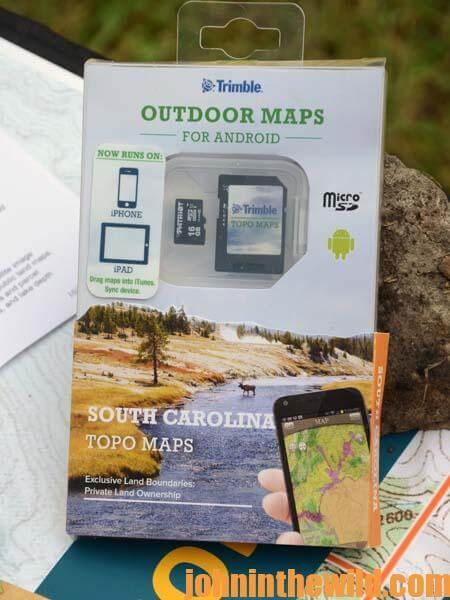 How to Set the Cameras Out:
How to Set the Cameras Out:
To start your photography reconnaissance, buy or borrow several inexpensive motion-sensor cameras, and place them in various spots over a wide area to get a better indication of how-many deer and specifically how-many bucks you have to hunt. To locate motion-sensor cameras to develop the best hunt plan you possibly can for the opportunities to hunt big bucks:
* search for, and put your cameras up near traditional scrape lines. Bucks in an area will use the same scrape lines year after year.
* don’t overlook watering holes, often prime spots to locate a big buck, especially during the summer months and early fall.
* look for creek crossings and fence crossings, other places you may spot that buck of a lifetime.
* identify dim trails. Oftentimes, big bucks move on small, almost-obscure trails that lead to greenfields, agricultural fields or bedding or scraping areas. I’ve seen older-age-class bucks walk down dim trails, often downwind of major deer trail, and never venture on the major trails that other bucks use.
* find winding trails. I define a winding trail as a trail that a buck can use that’s 30- to 50-yards downwind of an agricultural field or a green field. By walking this trail, the buck can smell every deer on the field without leaving the woods and walking out into that field.
Once you’ve identified the locations of large bucks that you want to hunt, you can begin a more-intensive photo reconnaissance. Take away some of the cameras where you’ve only seen small bucks or a few deer, and move them to the areas where you’ve spotted the biggest deer. Put out as many cameras as you possibly can around one or two big bucks’ core areas. Then you can learn when those older age class bucks move, where they go, and when they may reappear. The cameras give you the opportunity to check on the bucks’ movement without your actually being on-site and making noise and leaving odor.
Get a map of your area, either an aerial photo or a topography map, and use colored pins to pinpoint the camera site where you’ve seen the bucks and the times of day or night they’ve appeared. As you gather more photography of each individual buck, you can draw some strong conclusions as to when and where those bucks will show-up once deer season arrives.
where you’ve seen the bucks and the times of day or night they’ve appeared. As you gather more photography of each individual buck, you can draw some strong conclusions as to when and where those bucks will show-up once deer season arrives.
But there’s a caution with this type of deer hunting. You must keep your mouth shut. If you tell anyone about the bucks you’ve photographed, show any of the pictures you’ve taken or mention to someone what you think bucks on your property do, your friends and family members may hunt the bucks you’re trying to take. Instead, show the pictures, and talk about the strategy you’ve used to take that big buck when you have the deer in the back of your pickup truck, headed to the processing plant. Someone else already hasn’t bagged the older age class buck you’re attempting to take, because they don’t know the bucks live on the property, where the bucks live, when they move and where to hang their tree stands to have the best chances of taking those big bucks.
However, if you provide all that information you’ve worked so hard to get to people you know, they’ll take that knowledge and hunt for and possibly bag that big buck you’ve scouted all year long. The best hunt plan can’t produce a big buck if you share the knowledge you’ve gained with other people who hunt that buck at the wrong time of the day, with an incorrect wind, in an improper place, and spook that big buck. Then the buck will change his daily living pattern and no longer follow the routine that you’ve identified with your motion-sensor cameras.
To learn more about deer hunting, you can get John E. Phillips’ Kindle eBooks, “How to Hunt Deer Up Close: With Bows, Rifles, Muzzleloaders and Crossbows,” “PhD Whitetails: How to Hunt and Take the Smartest Deer on Any Property,” “How to Take Monster Bucks,” and “How to Hunt Deer Like a Pro,” or to prepare venison, get “Deer & Fixings.” Click here to get these books.
About the Author
John Phillips, winner of the 2012 Homer Circle Fishing Award for outstanding fishing writer by the American Sportfishing Association (ASA) and the Professional Outdoor Media Association (POMA), the 2008 Crossbow Communicator of the year and the 2007 Legendary Communicator chosen for induction into the National Fresh Water Hall of Fame, is a freelance writer (over 6,000 magazine articles for about 100 magazines and several thousand newspaper columns published), magazine editor, photographer for print media as well as industry catalogues (over 25,000 photos published), lecturer, outdoor consultant, marketing consultant, book author and daily internet content provider with an overview of the outdoors.

